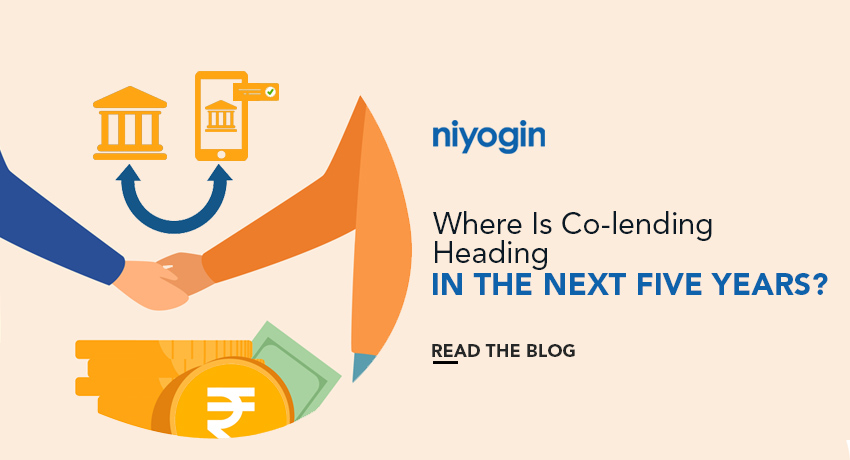The Reserve Bank of India (RBI) announced rules on co-lending by banks and non-bank financial companies (NBFCs) to priority sectors. The primary goal of the revised scheme, renamed “Co-Lending Model” (CLM), is to increase credit flow to the unserved and underserved sectors of the economy and make funds available to the ultimate beneficiary at an affordable cost, taking into account the lower cost of funds from banks and the greater reach of NBFCs.
How did co-lending grow?
In 2020, the capacity of MSMEs plummeted from 75% to 13%, with around 69% of MSMEs unable to survive for more than 3 months. This was the year the RBI authorized banks to partner with NBFCs through co-lending. The funds were distributed 80-20 in this case, with banks providing the vast majority of the funds. This agreement simplifies the loan process for developing businesses and MSMEs.
Benefits of co-lending
Co-lending in the financial services industry provides several benefits to banks, NBFCs, and consumers.
To Banks
- Co-lending allows banks to extend their credit to key sectors.
Banks can benefit from NBFCs’ experience and reach in specific market niches by cooperating with them. - Allows banks to benefit from product developments and lower interest rates, thereby extending their lending portfolio.
- Assists banks in meeting regulatory criteria such as priority sector lending standards.
- Allows banks to expand their presence in underdeveloped areas by bridging the credit gap and providing financial services to potential consumers.
To NBFCs
- NBFCs might use their expertise in particular sectors to target underserved customers.
- By collaborating with banks, NBFCs have access to lower-cost capital and a larger customer base.
- This enables NBFCs to offer attractive interest rates and customized loan solutions, increasing credit flow to priority sectors and boosting financial inclusion initiatives.
- The technical interventions and digital penetration of their partner banks can assist NBFCs.
- Co-lending arrangements enable NBFCs to maximize their potential consumer reach while also contributing to the market’s credit deficit.
To customers
- This agreement benefits consumers immensely, especially underserved clients who may have restricted access to finance.
- You can get a variety of loan products and enjoy low-interest rates.
- The process is speedier since it shortens the time between loan approvals and payouts.
- It is also critical to guaranteeing loan availability in underrepresented industries and rural locations.
- Allows small enterprises and individuals to obtain low-cost financing.
Future of Co-lending: A key tool for economic growth
According to recent trends and co-lending targets, the peak of co-lending is still to come. The RBI launched co-lending to increase financial flow to priority industries, which are SMEs in India. As the Indian SME market is expected to be worth $300–400 billion by 2025, co-lending is the way to go in order to ensure credit access to these growing enterprises and, as a result, aim to unlock a trillion-dollar opportunity in terms of digital lending.
Finally, the co-lending strategy could solve the country’s multi-trillion-dollar liquidity problem. The process was facilitated by the thriving Indian fintech industry. The highly prospective and good results of co-lending have made it an appealing choice for banks, NBFCs, and large-scale investors alike. The market for digital lending platforms is expected to reach USD 26.6 billion by 2028. And, with increasing innovation in the field of fintech and artificial intelligence, the expansion of finance alternatives in unanticipated ways is still to come.
